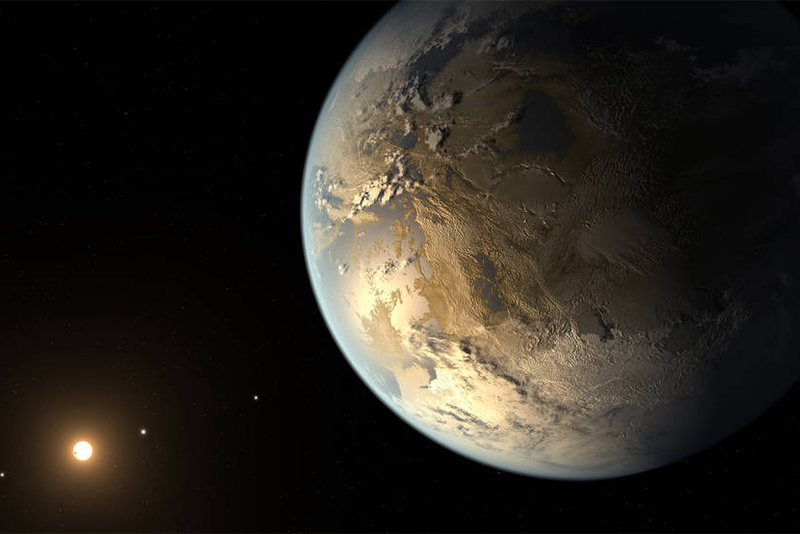BU Research: Looking for Extraterrestrial Life
In a recent BU Research article, CSP’s Professor Michael Mendillo, Professor John Clarke, and Associate Professor Paul Withers, as well as PhD candidate Paul Dalba (Astronomy), discuss narrowing the search for extraterrestrial life with Barbara Moran.
“What more important question could we ask? Are we alone?” asks Boston University professor of astronomy Michael Mendillo. “I don’t know of any more fascinating question in science.”
For decades, astronomers have been searching these distant exoplanets for signs of life, mostly looking for that most essential molecule, water. But Mendillo and his colleagues have a different idea. In a paper published in Nature Astronomy on February 12, 2018, Mendillo, BU associate professor of astronomy Paul Withers, and PhD candidate Paul Dalba (GRS’18) suggest looking instead at an exoplanet’s ionosphere, the thin uppermost layer of atmosphere, which is whizzing with charged particles. Find one like Earth’s, they say, packed with single oxygen ions, and you have found life. Or, at least, life as we know it.
Read the rest of the Article here:
http://www.bu.edu/research/articles/habitable-exoplanets/
